|
(Disclaimer: This is not professional or legal advice. If it were, the article would be followed with an invoice. Do not expect to win any social media arguments by hyperlinking my articles. Chances are, we are both wrong). Alumni Network When building a great program, you need to be the three pillars that make up the program: past, present, and future. Present being the program you currently are in charge of. The future is a youth program that feeds on the present. And lastly, the past is the alums that leave your room. Make sure to keep people happy at all levels. Past wrestlers might be willing to donate to the present and Future if you keep them in mind. Keep these individuals informed, excited, and close to the program. Facebook private groups, alum newsletters, form letters, handwritten cards, individual phone calls, and text messages are great ways to connect. Building an alum network can seem like a large project, and you would be right to think that. The kind of athletic alums community does not spring up overnight. Nevertheless, the steps to launch a network of this nature is vital to your success. It pays to keep in touch with former wrestlers. The networking prospect is excellent. You need to put a team together who will manage this community. In an perfect world, this will include a former varsity athlete that lives within the school district. Make sure somebody will take accountability for it from the start. Work out who should join it – one-time athletes, parents, coaches, and statisticians could be worthwhile additions to this community. Each of these clusters creates a very significant sub-section of your alumni group and will have various needs concerning how often they’d like to hear from you. Make the procedure of joining your alum program an occasion. It should be an prospect to examine the advantages of staying in touch and keep them notified about the program. Preach about your alum organization to your wrestlers from the moment they step off the mat the last time. Be sure to regularly share news about alum success stories long after graduating. Creating an alum network takes time, but if you break it down into manageable phases, it does not have to be an unattainable chore. Start by gathering the team who will be in control of the program. Then work out who should join the network. Revise your exit strategy, and don’t fail to peddle their headway in life. Program Handbook All great societies and documents or charters dictate their every move. The most significant societies have breathing documents that give wiggle room to change and grow. It would be best to have the same mentality when trying to build something to last. Program Handbook is something you should hand to each wrestler/parent every year, so they know all the program was, is, and will become. While you might have a good idea in your head of the expectations, seeing them in the text makes them tangle and, thereby, more real. West Ottawa is proud of its athletics program and our student-athletes contribution to building a solid community. Athletics are an essential part of our academic program. Our athletics program is devised to help student-athletes acquire the means required for beneficial competition, cooperation, partnership, lifelong personal development, and self-fulfillment. Across the board, the immediate goal of our athletics handbook is to show the importance of our wrestling program. We must showcase how the school's core values complemented athletic competition's character-building and life skills. Most significantly, the handbook supplies a basis for everyone interested in our program—administrators, coaches, parents, and athletes—that guarantees that we are all on the same page regarding our athletics ideology. Some things to throw in the document:
The handbook is useful in settling disputes, criticisms, or problems. While we understand that not every circumstance is covered in our handbook, it delivers a resource for resolving any issue by using its principles, codes, and guiding practices. Our coaches feel more secure in their decision-making, understanding there is a handbook they can use as a reference. This is a living record that must continually develop to fit our wrestling program's and school's demands. Take a good look at your school's exhaustive handbook. What school values do you want to include/reflect in an athletics handbook? What does the school handbook say about your wrestling program? It would be best if you chose the goals for your wrestling program. Is it to win? Is it to deliver a sport for students that improve their physical, social, and emotional well-being? These goals are essential to direct how you frame the handbook. Take a look at other handbooks. What do theirs say? Middle School Program The middle school program is often the most neglected portion of the program. It's where most programs send their weaker or inexperienced staff to coach. It's generally where all the old high school gear goes to die. But it needs as much attention as the youth and High school teams, if not more. You should have competent leaders and nice gear to attract new athletes. The kids you didn't lure into the youth program will have their entry into your program here. Make sure it is a meaningful one that will encourage them to return. You need a fully functioning staff to give the most attention to your impressionable athletes. But as you already know (or will soon find out), it is challenging to attract influential leaders to the entire supply at the middle school level. One way to offset this issue is to have HS "liaisons" that can act as graduate assistants after their season is complete. Any tough athlete that does not make it to the postseason can start giving back to the program by volunteering at the middle school. You will need support, and that includes the administration. Make sure you contact the middle school principal or other middle school coaches to see you as support. You also must ensure that your middle school coaching staff is on the same page as the rest of your team. Have pre-season coaches meeting with you to discuss the system and philosophies in place. You need to understand that your function is not the head coach but the program director. You must have active hands in the program at all levels. It's essential to giver your middle school leaders a guideline to be their compass. The same system should run from youth to middle school to high school. These athletes should be using the same technique and be aware of the culture that is in the high school. They should also have the same access as the older wrestlers, with a team handbook to lay out expectations. Middle school athletes need a little extra guidance, as this is where parents start giving up more autonomy so their athletes can learn to mature. Coaches will need to work with the wrestler, and the wrestler's parent, to make sure expectations are being relayed. And most middle school athletes will ultimately fail in this regard. They are forgetful, confused, and above all, awkward. I shudder thinking about myself during that time of my life. Weight training and serious conditioning are introduced during this timeframe. For many, this will be the first time they have ever touched a weight in a weight room or even run a sprint. These athletes need to improve their physical strength, create a balanced workout routine, and stick to working out a few days a week. They should Train to build stamina. If you don't have good energy, it will be hard to have the endurance to play a complete wrestling match. Hormones rage during this time. Teenagers can be emotional wrecks, and wrestling is already a dynamic sport. Problems in all aspects of their life, including home, school, and work, can bring them down. When they are down, their performance in everything can take a major hit. If they have upsetting problems, they need to find a way to handle them. They must keep their stress levels low and keep their mood stable and develop emotional strength. They need to have a friend practice with them. Teenagers are very social people. They need someone to share their experiences with. Our cross-country team at West Ottawa uses the term "Shared Suffering." This means that with all their hard work, they will endure together. This is a great support system. Coaches will need to establish a rapport and convey the team's philosophies. Coach needs to make sure they are responsible, hard-working, and trustworthy. Try to show these attributes at all times to develop the unit. Coaches look for teachable people. Get them to be willing to learn new things. Make sure to analyze the competition. If they have done youth sports before, they most likely have not come across the notion of strategy. They probably showed up on Saturday and Sunday and wrestled whoever showed up. Make sure they know who you're going up against and what they are good at. These are basic concepts first introduced by Sun Tzu in the Art of War. Make sure they wear the appropriate attire. They need to use common sense and be appropriate. You don't want to be uncomfortable when wrestling or even hurt someone. Again, these are most likely first-time athletes and have no idea about safety. They will wear cut-off shirts, nose rings, or street shoes if you let them. Don't let them. Remember to keep it fun. Overnighters keep kids in middle school programs. Whether a team-building exercise or a travel team, having the wrestlers bond at this age is crucial. These wrestlers, 20 years from now, won't remember all the hard work, but they will recall the fun times after school. Make sure to put elite kids as leaders. Every program has kids that wrestle year-round and some that are only there for the season. Exemplify and honor those who make their way to open mat or wrestle in the spring. They can inspire others to follow. Whether or not your state has a state tournament, each middle schooler should feel the finality they are striving for. If so, Push kids to the middle school state tournament. If not, ensure you find an end-of-season event that holds a little more weight than the rest. EQUIPMENT The aesthetic of the program is in the head coaches' hands. I wanted to give us a prep school look with the black and white color scheme that looks like formal wear on the mat. Equipment, whether clothing or training equipment, is all branding and helps set your program's culture and philosophies. New uniforms? That tells others looking good makes you look like a team. Throwing dummy purchased? That means others that you value individualized training and upper body technique. I could go on and on about this, but I think you get the idea. Provide the best in safety for your wrestlers with plenty of mat space. If stuff is falling apart, it becomes unfair, whether it's the pull-up bars or headgear that is too loose. When you place your order, make sure you do so early; RIGHT AFTER THE SEASON is best. This ensures that everything is ready to go on the first days of practice. Order plenty of mat tape; otherwise, you will run out of it. Or, other local programs will be calling you up to borrow some. That is your chance to be a good neighbor! Design sharp uniforms that athletes want to wear. Everyone wants to look sharp dressed, so designs should be contemporary. And never forget: T-Shirts are walking billboards for your program. Buy them often and hand them out often. I put a free shirt in our budget for every wrestler K-12. I ensure they are school colors and have a design indicative of our program. I don't usually throw WRESTLING on the shirt, as I want it to be something the school and community would like to buy and wear. But I make sure our mantra of PANTHERSTYLE is present. Provide the best equipment available within your budget. No matter what you do, it's never enough. You'll need to fundraise. First, purchase equipment to improve athletic safety and performance (training equipment). Second, buy equipment that will install pride in your athletic program (team travel bags, team banners, etc.). You'll also need to budget for replacing "missing items" It doesn't matter how well you track assigned gear; kids will "lose" them. Nothing chaps me more than seeing a kid walk around postseason wearing team fight shorts "he found in the locker room." It's the nature of the beast, and it is still something I am adjusting to. MAT CLUB Hubris is an essential lesson for a head coach. While you may feel irreplaceable, you are not. When you step down or die, the athletic department will replace you. If you are not careful, the person that replaces you can undo all your hard work in just a few seasons. That's why it's crucial to begin your reign, sharing some of the power (and responsibility) with others. Parents, fans, and alums are all shareholders in your team. Give them some say in some of the processes. If people get a chance to contribute, they will feel more ownership and willing to help when the time comes. Or at least seek some of their feedback. Just keep in mind that YOU have the final say on every decision. And your thought process is good for the entire program, not just one wrestler. Without maintaining this, it can cause some friction. Every program needs several components to succeed, but it starts with support. Great programs come from an excellent support team, such as family, friends, alums, administrators, community members/groups, role models, mentors, and more. Each program needs to build a team of supporters to count on for help, a couple of experienced and non-experienced individuals. So, start building relationships and make everyone on your team feel a sense of belonging and purpose. A great way to do this is through a "Mat Club"- a nonprofit board of trustees that ensures the program is held to an egalitarian standard. Your mat club is the machine that takes over most, if not all, of the business side of operating your wrestling team. Like any other booster club, your association is a micro business designed to help your wrestling team through event planning and support, program funding, communication, promotion, and support. Your mat club helps keep things organized, and that love is concentrated on what's best for the wrestling team in the long and short term. Your mat club is basically the bond keeping a thriving wrestling program together. Another added advantage, usually not examined, is the socialization element of being a part of the mat club. Mat clubs allow donors/volunteers, student, wrestlers, and coaches a way to socialize, get to know each other, and fraternize outside training or school hours. This socialization is fun, permits for strategy design and implementation, and creates more significant bonds between the school and the community. You will need to give your vision and some framework to Mat Club. This club will need to support wrestlers on and off the mat positively. It can help plan team dinners or help organize the team picture posters. But the most critical job will be fundraising. Despite your best efforts, you can't do it alone. It will take networking that your club can help build. You should pick out those interested in a leadership position and help them set goals aligning with the program's growth. They also will be critical for running tournaments and help run tournaments and clinics. And lastly, they can organize the foot table at tournaments. PROGRAM GOALS My goal is to build something that lasts. To do that, we need to convince the community that every inch of our making is to a larger goal. We celebrate even the smallest of milestones or broken records, as it is the progress report and sole metric that coaches can use. Success breeds pressure from coaches/parents, and losing creates burnout. We need to not focus on winning and losing. The win (and losses) will come on their own. Wrestlers need to find small reasons to compete. Many of my seasons are based on pyrrhic victories rather than actual victories. One thing that helps with that is setting goals. Goal setting is the foundation of success. It isn't easy to envision coaching a sport without first determining the expected outcome and charting the way to reach it. Goals matter because they supply guidance and focus for you and your athletes. The most valuable part of goals is that they provide everyday reminders of the action and focus needed to improve. Yet, an overemphasis on executing competitive goals can inadvertently lead to dishonest behavior and lower athlete motivation. When a plan is too easy, it doesn't challenge or inspire you, which leads to indifference, and when a goal is challenging, it's hard for you to see any developments or improvements. Something that you absolutely must remember every time you set a goal should incorporate the following characteristics. The following is taken from The Wrestling Psychology Workbook by Danny Uribe. He uses the acronym SMART to help set goals for the individual or the program: Specific: Every goal you set must be detailed, precise, and straightforward. Measurable: Every goal you set must have some quantifiable element to it. Action-oriented: Every plan should direct you to take action, whether physically or mentally. Realistic- Your purposes must be practical in the somewhat tough category, not impossibly challenging or elementary. Timely- All goals need to have a deadline. Things we've done in the past are points score per dual meet percentages and percentage increases to a statistical area (takedowns, escapes, etc.). It's good to have an overall vision for your program and have something to work for. Just having a blanket "State Champs" goal every year misses out on so many other milestones. You should strive to "leave the place better than when you found it." Make something the next coach can build off of. Here are the goals we wanted to accomplish and still hope to accomplish. Here is the plan I drew up when I took over the program in 2015. I’ve added a few as the years have gone on. If the goal was achieved, I put down what year it was accomplished: FIVE YEAR PLAN (2015-2019)
TEN-YEAR PLAN (2020-2024)
FIFTEEN-YEAR PLAN (2025-2029)
TWENTY-YEAR PLAN (2030-2035)
Goal setting is universally paramount for all sports, education, and workplace. Frequently, people set objectives but do they buy into the strategy of achieving them? To be a state championship team, considerable sacrifices need to be made. These sacrifices may include being away from home and friends, traveling for competitors/workouts, and remaining disciplined in life, like education, food, training, strength, and exercise. Those are some profound sacrifices for a student and a coach to counterbalance to make their plans a reality and not just a desire. Arranging reasonable objectives takes time and cognitive effort. You need to buy into the approach your setting out on. Achieving your goals is not painless, and the journey takes time. Just like you would ask of the individuals, you need to hang up your plans for the team to read daily. This is critical because they will continually be reminded to hold themselves responsible for achieving the objectives they’ve set out to accomplish. CLOSING Remember that no matter how concrete these blocks are, they'll crumble if you have failed to love the proper coaching foundation in your philosophy, communication, and motivation. Again, you cannot do this by yourself so surround yourself with great people, including athletes and support staff. Make sure to develop a feeder system that provides quality athletes with good technique and a great attitude. Your staff and parents are allies, earn the respect of those you coach and work with and treat them with similar care. If you pinpoint, leaders will provide excellent examples for teammates, especially during the off-season, all of which should be plastered over your social media. Communication in any form is paramount. Strive to provide updated, clean, accessible equipment and facilities for your athletes. Promote your program through booster clubs and the media. You should familiarize yourself with the many summer wrestling camps available and encourage your athletes to participate—network with local, state, and national organizations that govern wrestling rules and competitions. And develop policies and consequences to prevent and address team and individual violations. Set your program apart by building champions who can succeed on and off the mat. It's all clique, but let this be your guiding light in uncertain times that most definitely will come. That's all for now. I hope to get this all out there eventually. WORK CITED: Wilson, Adam. “Program Development.” Lecture, MWA Coaches Clinic. Wyndham Garden, Ann Arbor, MI, October 30, 2021. "How To Build A Corporate Alumni Network: 7 Steps To An Engaged Community." Enterprise Alumni. Last modified February , 2021. https://enterprisealumni.com/news/corporate-alumni/how-to-build-an-alumni-network/. Mizusawa, Corrie. "CREATING AN ATHLETICS HANDBOOK THAT REFLECTS SCHOOL VALUES." PRIZMAH Center for Jewish Day Schools. Last modified , 2015. Struck, Danny. “Assault on the Forfeit” NWCA. Zoom Meeting on June 7, 2020. "How to Make a Sports Team." WikikHow. Last modified September 17, 2022. https://www.wikihow.com/Make-a-Sports-Team. Boudro, RJ. “Middle School Wrestling.” Lecture, MWA Coaches Clinic. Wyndham Garden, Ann Arbor, MI, October 30, 2021. Mills, Dave, and Ray Arthur. How to Build a Championship Wrestling Program. 1 ed. Krumrie, Matt. "THE SECRET SAUCE TO A SUCCESSFUL WRESTLING PROGRAM." USA Wrestling. Last modified October 24, 2019. Accessed May 27, 2021. https://www.teamusa.org/USA-Wrestling/Features/2019/October/24/The-Secret-Sauce-to-a-Successful-Wrestling-Program?fbclid=IwAR2rwo_PFzOg5e0HQSR0RwSjpLLxSw8brhGyG8JwCsq1-Ur6W4MDTSjXmsQ. "Start A Wrestling Booster Club To Support Your Wrestling Team." Boostr. https://booostr.co/start-a-wrestling-booster-club-to-support-your-wrestling-team/. Taylor, David. “Wrestling Coaches on Shadow Wrestling” Scrape Life. Zoom Meeting on May 29, 2020.Uribe, Danny. The Wrestling Psychology Workbook. N.p.: Independently published, 2019. de Saint-Exupéry, Antoine. "“A Goal Without A Plan Is Just A Wish”." Wrestling Mindset. https://www.wrestlingmindset.com/blog/goal-setting-strategies/.
0 Comments
Leave a Reply. |
AuthorRyan Lancaster wears many hats. Dive into his website to learn about history, sports, and more! Archives
April 2024
Categories |

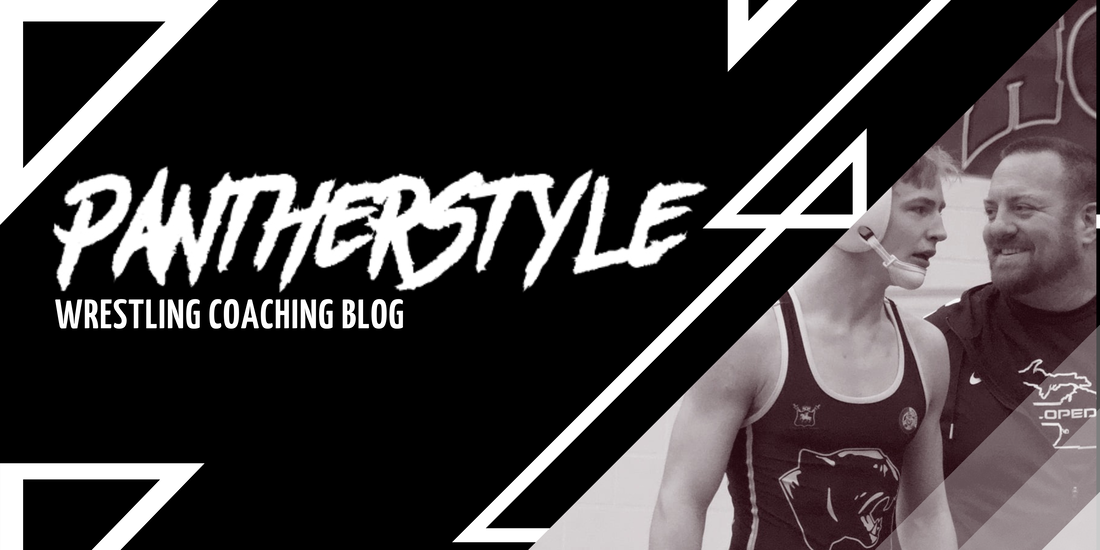
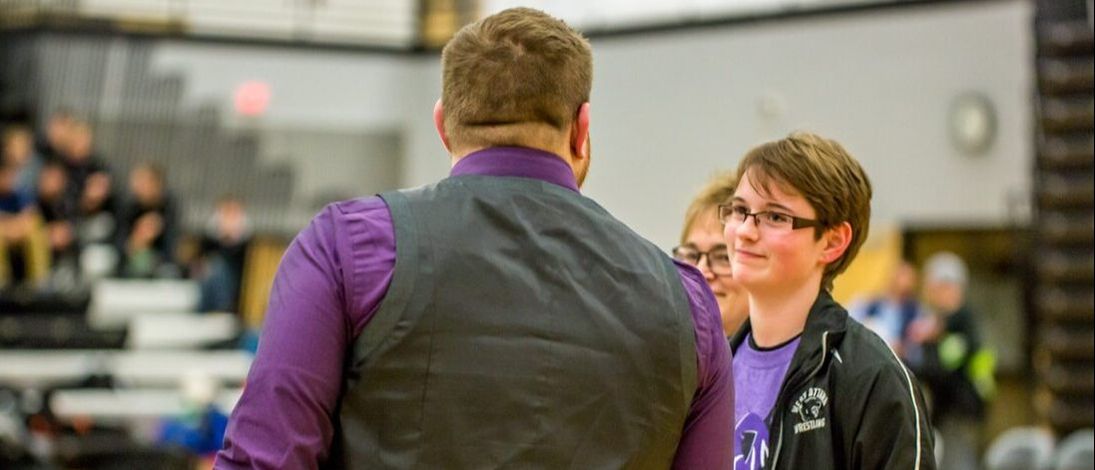
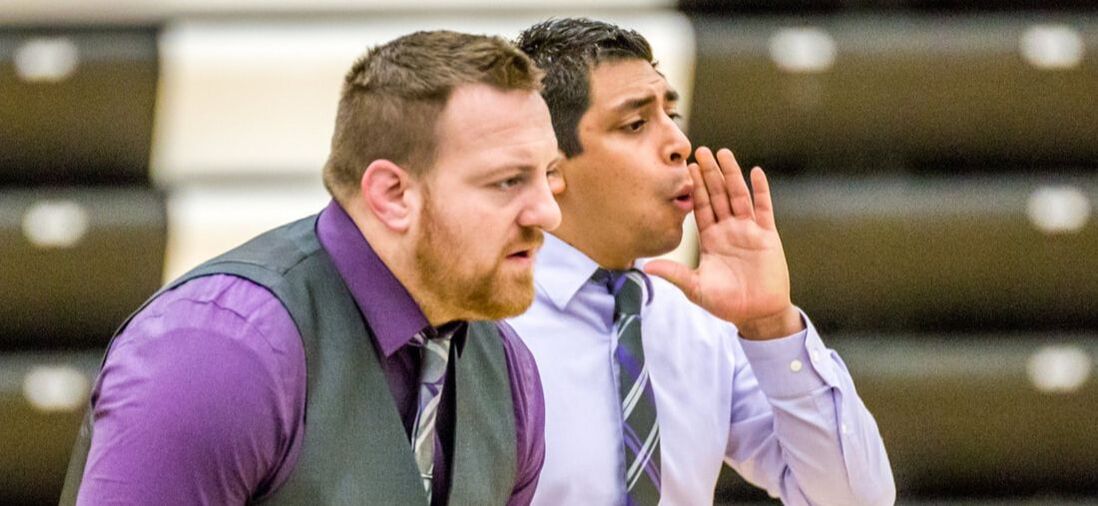
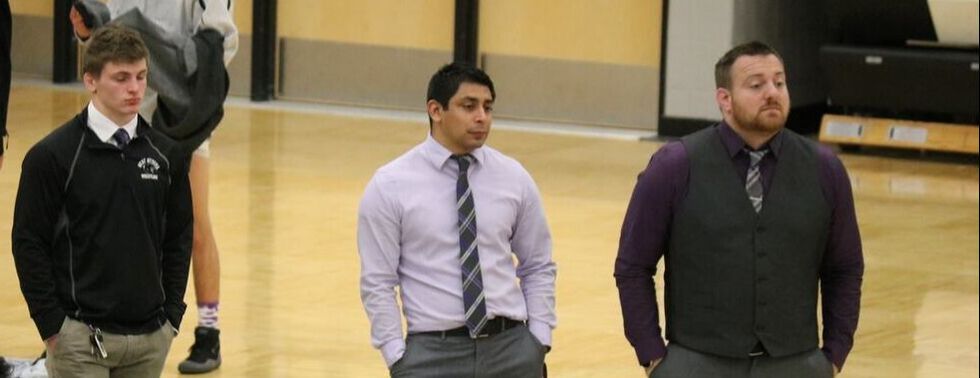
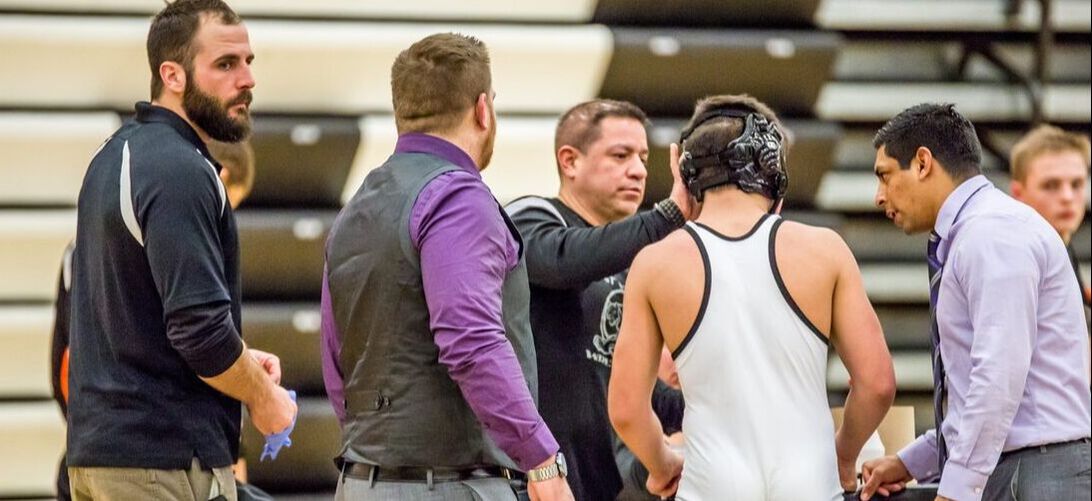
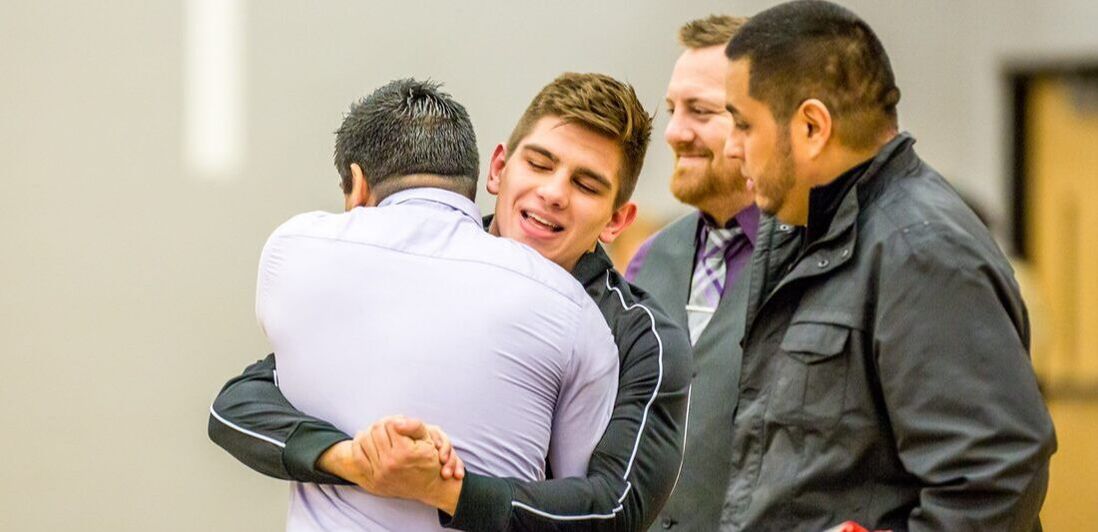
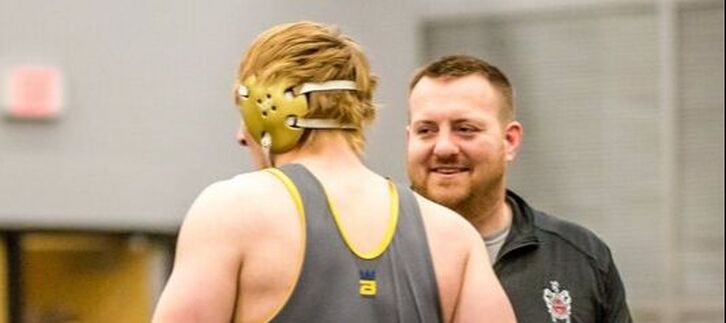
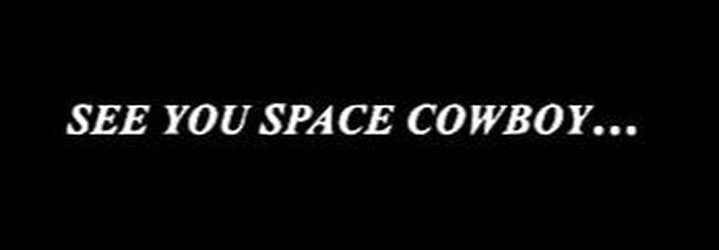
 RSS Feed
RSS Feed